It's Admissions Season!
Register for a tour or inquire to learn more about WSP’s transformative preschool-12th education.
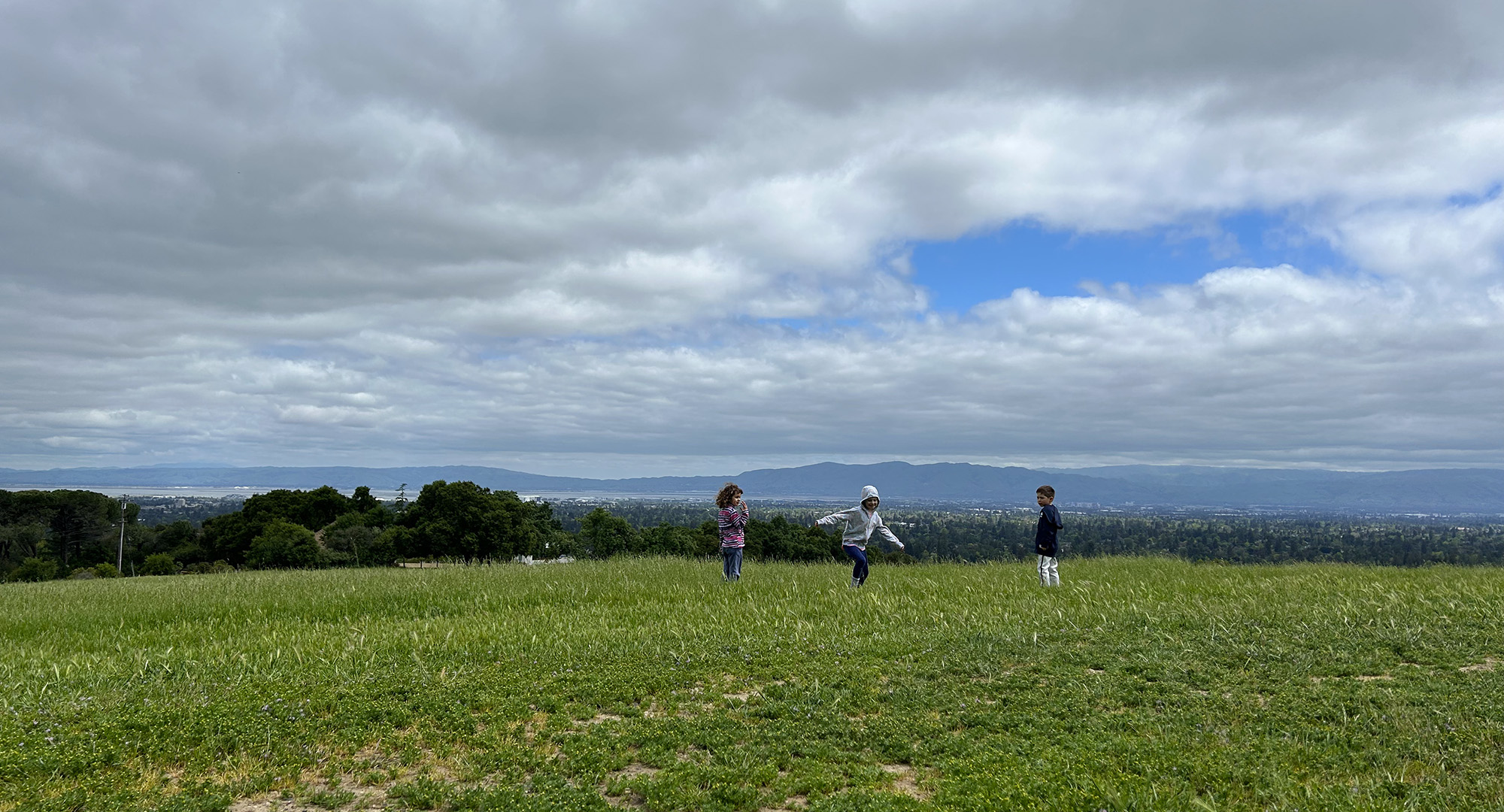
Summer is here, bringing with it the joy and peace of sunny days, warm earth, cool splashing water, smooth white sands, the blue ocean, and the vibrant growth of nature all around us. To help you make the most of this lively season, we have included suggestions for activities you can enjoy together with your children, age-appropriate chores, and a list of our favorite children’s authors.
Some summer activities:
Age-appropriate chores:
Our favorite children’s authors and books:
And a fun recipe to make together, Mason Jar Vanilla Ice Cream:
Ingredients:
Directions:
Add cream, sugar and vanilla into a 16-ounce mason jar and secure tightly with lid. Shake the mason jar up and down until the cream thickens and almost doubles in size, approximately 4 to 5 minutes. It should be opaque and easily coat the back of a wooden spoon. Freeze for 3 hours, or until hardened. Scoop out ice cream with a spoon and serve with your favorite ice cream toppings.
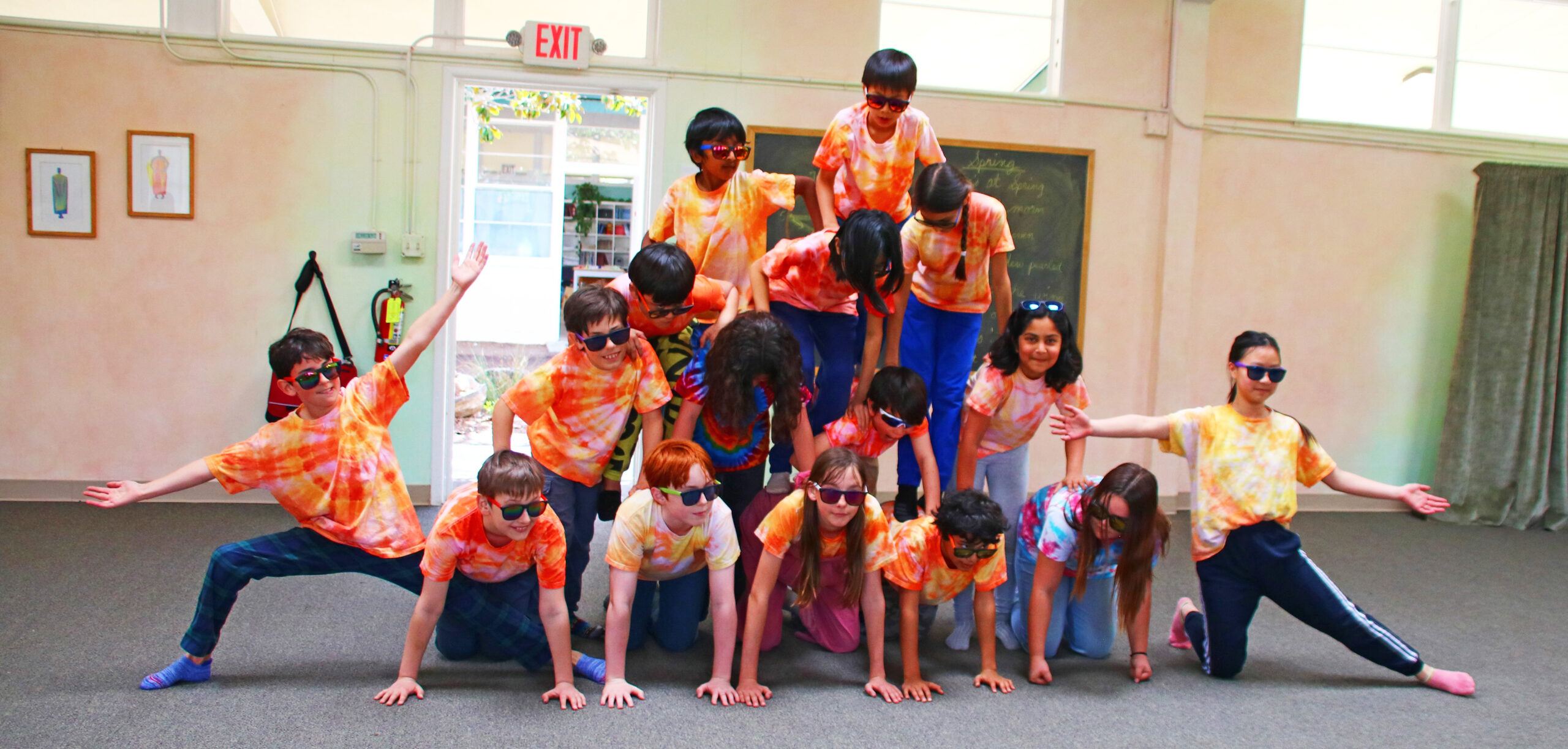
Movement and games are integral to Waldorf education, harmonizing body, soul, and spirit by fostering physical coordination, spatial awareness, and self-expression. The curriculum supports physical health, sensory development, and a sense of wonder while developing fine and gross motor skills, teamwork, and fair play. Through age-appropriate activities, students enhance their creativity, coordination, communication, cooperation, confidence, and competitive spirit, supporting their physical and emotional development at each stage:
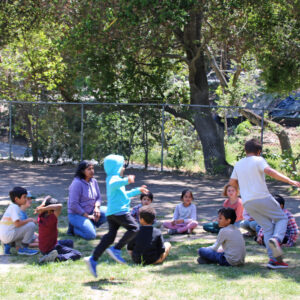 In first grade, we are focusing on the class as a whole. The games are circle-based with a focus on where we are in space. We incorporate hand clapping games, and running games such as tag, ball games, and bean bag games. The children learn how to jump rope and navigate simple obstacle courses. We work with fairy tales, imagination, rhythm, and repetition. With their imaginative abilities, the grade 1 children thrive on these games.
In first grade, we are focusing on the class as a whole. The games are circle-based with a focus on where we are in space. We incorporate hand clapping games, and running games such as tag, ball games, and bean bag games. The children learn how to jump rope and navigate simple obstacle courses. We work with fairy tales, imagination, rhythm, and repetition. With their imaginative abilities, the grade 1 children thrive on these games.
In second grade, the games of call and response like Walk the Plank and Join the Crew, Fire in the Forest, and The Sea Is Stormy are introduced. The students learn to concentrate on a given task for longer periods. They are more independent and better oriented. We work on their motor skills and spatial awareness. Free imaginative play also continues.
In third grade, the children are curious and ready to play all the games we can bring to them. This is the year they are more coordinated in their bodies. We continue to run, hop, skip, jump; and work on static and dynamic balance. Catching, throwing, kicking a ball, working in teams, and presenting their fair teams are the themes in grade 3. Games like kickball, dodgeball, capture the flag, and relays are introduced this year as well.
In fourth grade, the children are learning about their boundaries and seeing how they can challenge themselves. This is the year we introduce the circus arts: unicycle, stilts, juggling, gymnastics, and hula hoops. The students continue to play team games such as dodgeball, kickball, capture the flag, and Chicken in the Coop.They present their fair teams to the class. They are introduced to sports lead-up games and games of “vigorous deeds,” and continue to develop team-building.
In fifth grade, we are working on grace and beauty. We focus more on the form and techniques. The Pentathlon is a big part of grade five. The fifth grade child is in perfect harmony and balance, poised between early childhood and oncoming adolescence. The students learn and display their abilities in the javelin, discus, chariot running, wrestling, and long jump. Apart from this, we continue on sports lead-up games like basketball, pillow polo, dodgeball, kickball, and capture the flag. They also continue to hone their skills in circus arts.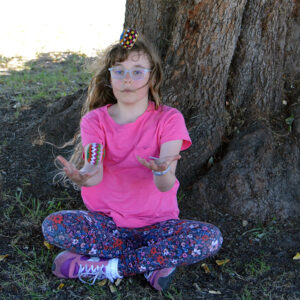
The middle school curriculum is pretty consistent throughout all three of the grades, with the biggest difference being the competitions each grade has at the end of the year. The year begins with Pillow Polo, which is an easy game both to learn and to play and doesn’t require much strategy. The blocks become more complex as the year progresses, with the next two blocks being Volleyball and Football. Both of these sports require strategy and teamwork along with good communication. These help the students learn how to work together to achieve a common goal and how to strategize their approach. Team captains are introduced with the objective of giving each student a leadership role which helps to aid their development in Middle School. After the New Year, the sixth grade will have a wrestling block which helps them get a feel for their individual strength as they enter puberty. Different from this, the seventh and eighth grade students will have a running block, with the goal of them learning how to push and motivate themselves to achieve the objectives they set.
Soccer is the next block and requires students to use the teamwork and strategizing skills they learned earlier in the year. This is a sport in which individual brilliance and excellent teamwork shine all in one place, allowing for each student to decide what role they want to play. Badminton follows Soccer and requires both teamwork 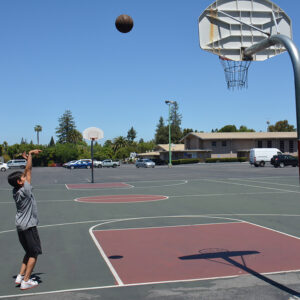 and precision, yet on a much smaller scale. In Badminton the students are paired up into groups of two or four and have to learn how to communicate effectively and be precise with their hits. This allows for students who don’t normally work together to learn how to work in close proximity with each other. Ultimate Frisbee follows Soccer which helps the students to learn how to respect the personal space of others. When a player has the frisbee, their opponent must stand back an arm’s length. Ultimate Frisbee also requires clear and concise communication amongst teammates which helps the students learn how to speak up and work together. The year finishes off with Street Hockey, and in this block students learn the importance of safe play. Since wooden sticks are being used, the risk for injury is higher than it is for other blocks, and the students learn how to mitigate this risk to play safely. Teamwork is crucial in Street Hockey and the students learn how to work together and support one another along with playing safely and responsibly.
and precision, yet on a much smaller scale. In Badminton the students are paired up into groups of two or four and have to learn how to communicate effectively and be precise with their hits. This allows for students who don’t normally work together to learn how to work in close proximity with each other. Ultimate Frisbee follows Soccer which helps the students to learn how to respect the personal space of others. When a player has the frisbee, their opponent must stand back an arm’s length. Ultimate Frisbee also requires clear and concise communication amongst teammates which helps the students learn how to speak up and work together. The year finishes off with Street Hockey, and in this block students learn the importance of safe play. Since wooden sticks are being used, the risk for injury is higher than it is for other blocks, and the students learn how to mitigate this risk to play safely. Teamwork is crucial in Street Hockey and the students learn how to work together and support one another along with playing safely and responsibly.
_______________________________________
Second in our series on movement at WSP. Read our first post, Shaping Success: Exploring High School Physical Education, here.

Teacher Meeta has been our Sunflower Kindergarten Assistant for several years. Though she is now teaching the grades 1-5 movement classes (also known as “games”) , she generously shared her treasure trove of tried-and-true kindergarten recipes for us to try at home this summer! While some of our youngest students enjoy these recipes, many of us can attest that adults and those in-between will also enjoy them.
Here is a printable pdf version.
Boil water, add rice and after it comes to a boil, turn down to medium heat. Cook for 20 minutes. Add salt (can add the veggies as well if needed.) Cover and cook on low heat for another 30 minutes, or until desired texture. Drizzle olive oil before serving.
Can serve with tamari/soy sauce, and sesame seeds gomasio –
To prepare Gomasio – in a mortar pestle – crush sesame seeds with a little salt.
In the Instant Pot:
Boil water (can add coconut cream or milk if preferred.) Add oats and bring to a boil. Reduce to medium heat. Add salt. Cover and cook on low heat for another 30 minutes or until it reaches the desired consistency. Add honey or syrup and serve.
(Raisins on the side, crushed almonds on the side)
In the Instant Pot:
Mix flour, salt, put aside. Add warm water to a large mixing bowl. Dissolve honey in it. Sprinkle the yeast. Let it rest to bubble and ferment for 10-15 minutes in a warm spot. Add the flour mixture to the bubbling water. Mix, then knead until the dough comes together and is not sticky anymore. Let rest and rise for 30 minutes – 1 hour. Portion the dough. Knead and shape into fist-sized rolls. Bake at 350 degrees F for 25 minutes or until golden brown. Can be served with butter, honey, nut or seed butter.
Honey butter per table
Mix room temperature butter with honey and serve with warm bread. I prefer to melt butter in the microwave and then add honey to it and let it sit. Mix well before serving
Sunflower butter
On the stovetop:
In the Instant Pot:
Ingredients:
Directions:
Mix all ingredients and pour in well oiled pan
For children to bake the cake:
When thoroughly mixed, make sure to not overbeat it but if there are no lumps, pour it in the prepared tin to bake.
55 mins at 350 F on the lower rack.

At WSP, we are fortunate to have two alums of our school serving as physical education teachers. Liam and Marina bring with them rich backgrounds in physical fitness and athletics, coupled with a deep passion for cultivating our students’ growth in these areas. Liam teaches our ninth and tenth grade PE classes, while Marina leads our eleventh and twelfth grade classes. They recently provided insights into WSP’s Physical Education that I am excited to share with our community.
WSP’s PE curriculum is designed to enhance students’ understanding of movement and spatial awareness through age-appropriate activities, empowering them to apply these skills throughout their lives. Emphasizing a social component in these activities fosters self-awareness in movement, space, and group dynamics.
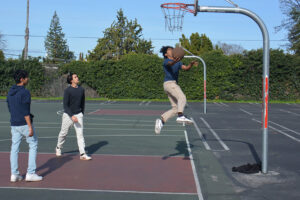 In ninth grade, the curriculum places a strong emphasis on activities that cultivate courage and inner focus by challenging students to overcome obstacles. With students coming from a variety of backgrounds and movement experiences, the class begins with simple activities to quickly engage everyone and transition into gameplay. A popular introductory game is “pillow polo,” resembling field hockey, which helps students enhance their hand-eye coordination. Throughout the year, students develop their concentration skills, enabling them to progress to more complex sports like volleyball, basketball, football, soccer, baseball, ultimate frisbee, and street hockey. An important element of this year is the principle of respecting each individual’s starting point, fostering an environment in which students unite to explore new experiences together.
In ninth grade, the curriculum places a strong emphasis on activities that cultivate courage and inner focus by challenging students to overcome obstacles. With students coming from a variety of backgrounds and movement experiences, the class begins with simple activities to quickly engage everyone and transition into gameplay. A popular introductory game is “pillow polo,” resembling field hockey, which helps students enhance their hand-eye coordination. Throughout the year, students develop their concentration skills, enabling them to progress to more complex sports like volleyball, basketball, football, soccer, baseball, ultimate frisbee, and street hockey. An important element of this year is the principle of respecting each individual’s starting point, fostering an environment in which students unite to explore new experiences together.
Once students move into tenth grade, the classes revisit the sports introduced in the previous year, benefiting from an additional year of practice that enhances their hand-eye coordination and deepens their ability to focus and engage in each sport. With familiarity comes faster recall of the rules, enabling the group to dive into activities more swiftly and confidently.
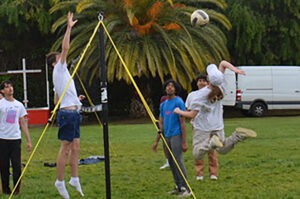 In these first two years of the high school PE program, the goal is group work – to learn how to be teammates while getting more comfortable with movement and coordination.
In these first two years of the high school PE program, the goal is group work – to learn how to be teammates while getting more comfortable with movement and coordination.
Transitioning into eleventh grade, the physical education program undergoes a shift towards a deeper understanding of body mechanics. Students explore how muscles function and provide support, refine their breath control during exercise, and enhance overall body awareness. Alongside traditional sports, they delve into personalized activities such as yoga and weight training, aiming to strengthen the mind-body connection essential for lifelong functional movement. This foundation not only promotes current fitness but also helps them learn to prevent future injuries.
In the twelfth grade the students participate in much of the same activities as the prior year, but with more confidence and experience. Now they will start to make more independent choices and create their own weight lifting routines. They also learn more deeply what movements affect their specific bodies and in what ways.
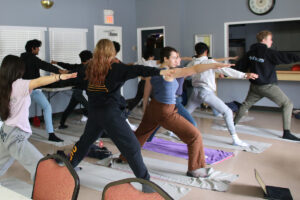 In these last two years of high school, the students move from competing against one another to being their own competition. In most of our lives, people sit so much. We want our students to get outside, get their heart rates up and get moving. We hope that through these experiences they will learn what they enjoy, and take it forward into the next phase of their lives – both in being physically active, but also growing their social awareness.
In these last two years of high school, the students move from competing against one another to being their own competition. In most of our lives, people sit so much. We want our students to get outside, get their heart rates up and get moving. We hope that through these experiences they will learn what they enjoy, and take it forward into the next phase of their lives – both in being physically active, but also growing their social awareness.
Like all of our programs, WSP’s high school physical education classes seek to meet the students where they are developmentally and support them in their growth. Over the four years, we hope our students will develop and strengthen their cardiovascular abilities, strength, mobility awareness, and individually improve in ways such that they find movement joyful and fun.
